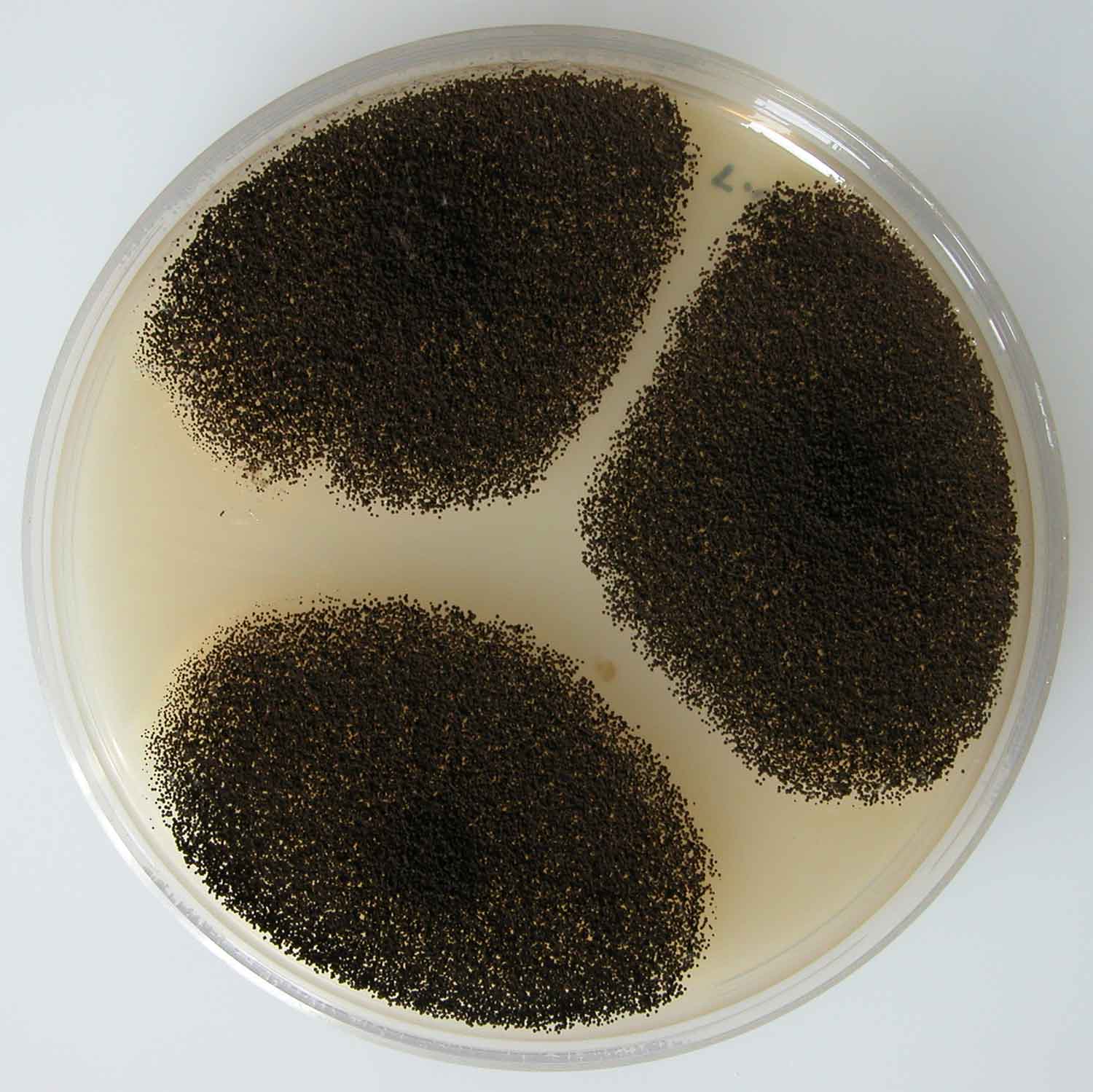The microbes play a significant role in our lives. They are not only known as the diseases causing agents, but they have some health and commercial values also. In the present scenario microbes are widely used commercially; pharmaceutical companies to food and beverage. Numerous natural and genetically modified microbial species are used to get more yields at industrial level.
Examples of some commercially important microbial strains:
- Lactobacillus spp. It is Gram positive bacteria. Naturally lactobacillus found in digestive tract, urinary, genital tract. Most of the lactobacillus species are harmless. Lactobacillus species are considered as probiotics, that aid and improve the digestion. Some strain possess anti-inflammatory, anti diarrhoeal and anticancer activities. Modified lactobacillus species used at the commercial level as the starter culture in the production of Yogurt, cheese, sauerkraut, pickles, beer, wine, cider, cocoas kefir and other fermented food. Lactobacillus also secrets the insulin type hormone.
- Pyrococcus furiosus: Pyrococcus furiosus is an extremophilic species of Archaea. It can grow at the 100 °C. This property makes it a versatile bacterium. An enzyme called polymerase (required to in- vitro DNA synthesis) obtained from the Pyrococcus furiosus. Therefore the bacterium considered an important tool for PCR.
- Corynebacterium spp: Nonpathogenic species of Corynebacterium are used for industrial applications, such as the production of amino acids, nucleotides, and other nutritional factors bioconversion of steroids. Corynebacterium glutamicum produce glutamic acid. Glutamic acid is used as a common additive in food production, where it is known as monosodium glutamate ( e.g. MSG, a substance that’s gives Maggi a special flavour).
- Xanthomonas spp.: A type of Proteobacteria, is known for its ability to cause disease in plants. The bacterial species which are classified under Xanthomonas exhibit the ability to produce the acidic exopolysaccharide commonly marketed as xanthan gum, used as a thickening and stabilizing agent in foods and in cosmetic ingredients to prevent separation.
- Aspergillus niger: Aspergillus niger is a fungus species. A. Niger cause disease in plants but it is less likely to cause human disease than some other Aspergillus species. In extremely rare instances, humans may become ill. Aspergillus niger is most commonly used to produce citric acid, which is used in numerous products ranging from household cleaners, pharmaceuticals, foods, cosmetics, photography and construction. Aspergillus is also commonly used in large-scale fermentation in the production of alcoholic beverages such as Japanese sake.
- Clostridium spp: Clostridium is a genus of Gram-positive bacteria. Most of the clostridium species pathogenic to human and cause serious illness like tetanus and botulism. However, scientists have been done a remarkable research on them, for instance Clostridium botulinum produces a potentially lethal neurotoxin used in a diluted form in the drug Botox, which is carefully injected to nerves in the face, which prevents the movement of the expressive muscles of the forehead, to delay the wrinkling effect of aging. Research shows that Clostridium can selectively target cancer cells. Some strains can enter and replicate within solid tumors and slow down its growth.
- Streptomyces spp : Streptomyces is the largest genus of Actinobacteria. They are filamentous bacteria and largest antibiotic-producing genus that produce antibacterial, antifungal, and antiparasitic drugs, and also a wide range of other bioactive compounds, such as immunosuppressants. Antibiotics such as Chloramphenicol, Daptomycin , Fosfomycin, Lincomycin , Neomycin, Nourseothricin, Puromycin, Streptomycin Tetracycline, Oleandomycin, Tunicamycin , Mycangimycin and Boromycin produced commercially by streptomyces spp.
